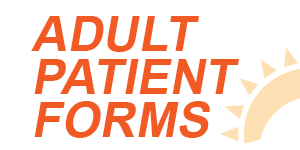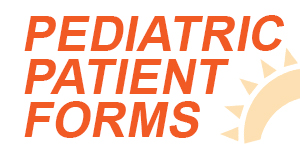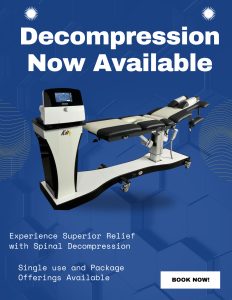Scoliosis is an extremely common condition. In fact, the issue is so widespread that many school nurses check students’ spines for the presence of scoliosis every year.
But you may not be aware that there are actually three different types of scoliosis, each of which bears special consideration with regard to treatment, diagnosis, and prognosis. In this post, we’ll review the different types of scoliosis and demonstrate how chiropractic care can help individuals with all different types of scoliosis live normal, pain-free lives.
What is Scoliosis?
Scoliosis refers to a lateral curvature of the spine. While the spine is supposed to have forward and backward curves (known as lordosis and kyphosis respectively), it should not ideally have any lateral curvature.
Scoliotic curves usually occur in one of two ways: c-curves and s-curves. A c-curve refers to a lateral curve that only occurs in one direction. An s-curve, on the other hand, usually has at least two curves in opposing directions. These can occur with each of the three different types of scoliosis.
The three different types of scoliosis each develop in very different ways and require unique treatment approaches. Let’s take a look at each of these in depth.
Idiopathic Scoliosis
In medical terms, idiopathic means that researchers and doctors aren’t sure exactly what caused the issue. This is the diagnosis that is typically given when the other kinds of scoliosis are ruled out.
Interestingly, idiopathic scoliosis is by far the most common type of the condition. Most people develop scoliosis for no rhyme or reason, and they search for relief for the rest of their lives.
One way that this issue may occur is when people exercise inappropriately, strengthening muscles on one side of the spine much more than on the other. For instance, baseball players, volleyball players, tennis players, and others who participate in unilateral sports may have idiopathic scoliosis.
Neuromuscular Scoliosis
When someone develops a neurological condition that affects the muscles of the body, they often suffer from scoliosis as well. This is because these conditions, such as cerebral palsy, make the muscles contract forcefully and constantly, leading to the deformation of many bones and joints.
Neuromuscular scoliosis usually requires collaboration with a neurologist or other physician to use medications that reduce muscle tone. When using these medications, patients with neuromuscular scoliosis often do very well. However, the medications can begin to lose their effectiveness if they are used for many years.
Congenital Scoliosis
Congenital scoliosis refers to scoliosis that develops early on in a baby or fetus. Generally, this is due to a malformed vertebrae, or another issue with the spine.
Many people with congenital scoliosis will undergo serial casting, and they may even pursue corrective surgery for the issue. Of course, surgery always comes with risks, so the patient and medical team need to be sure to weigh the risks with the perceived rewards.
Chiropractic Care and Scoliosis
Chiropractors often work with people who suffer from scoliosis. While scoliosis treatments such as casting, bracing, medication, and even surgery may be necessary sometimes, chiropractors can usually help these patients improve their quality of life with simple, safe treatments.
By applying pressure in specific directions to the spine, chiropractors help patients with scoliosis in just a few visits. These treatments serve to realign the spine and may keep these patients off of the operating table.
Do you suffer from scoliosis or a similar condition? No matter what type of scoliosis you have, the professionals at Awaken Chiropractic, the Parker chiropractors, can help. Book your appointment with us now!







